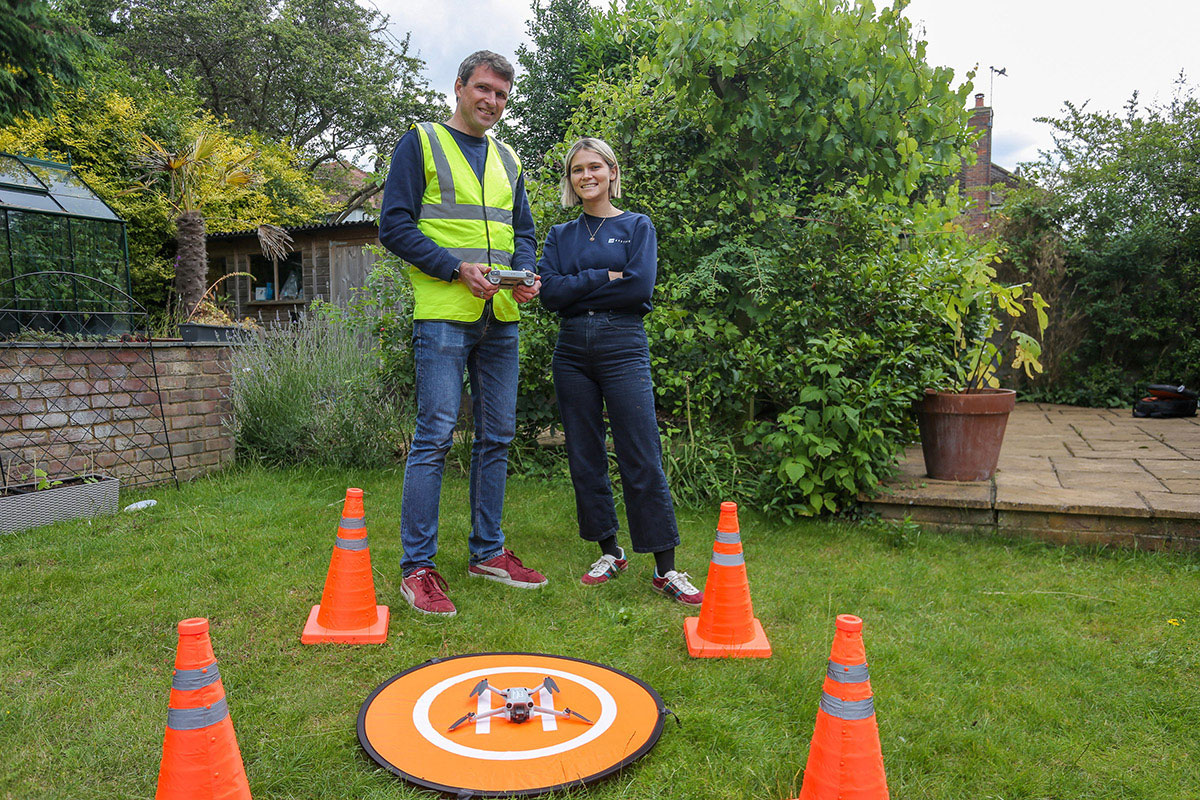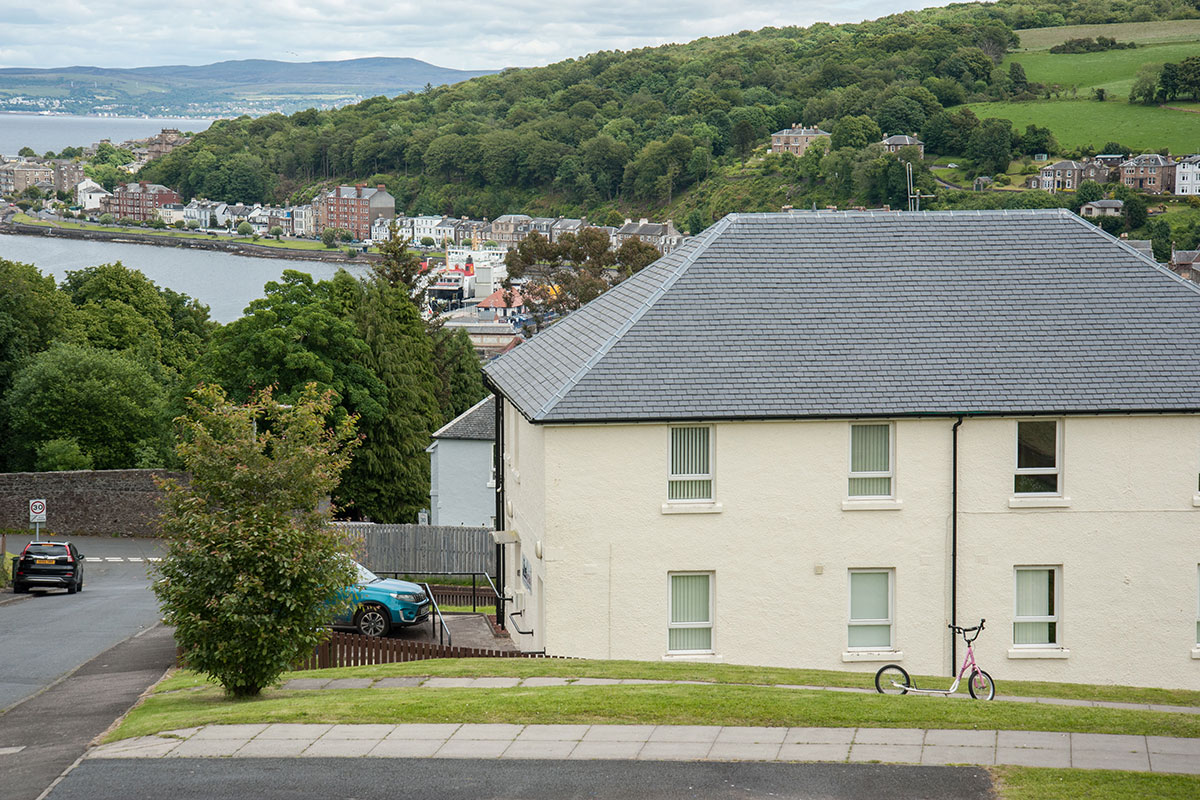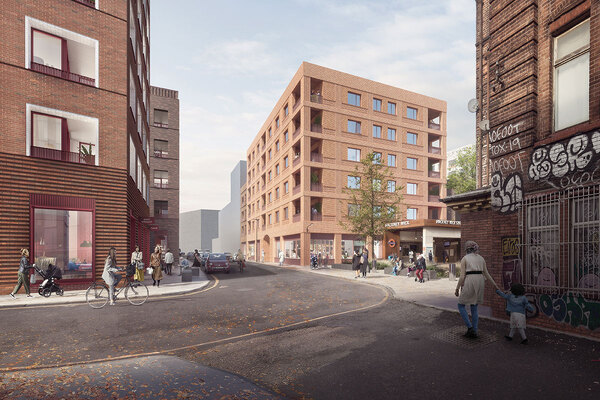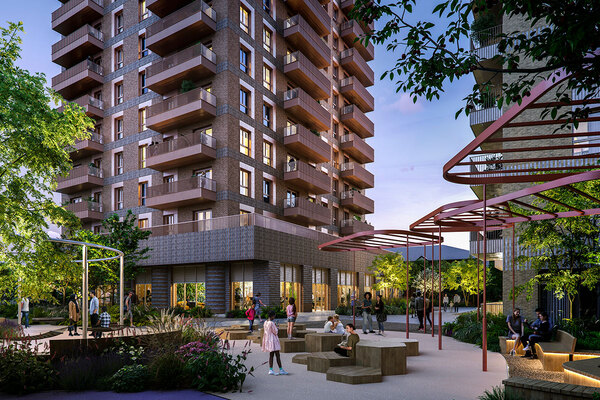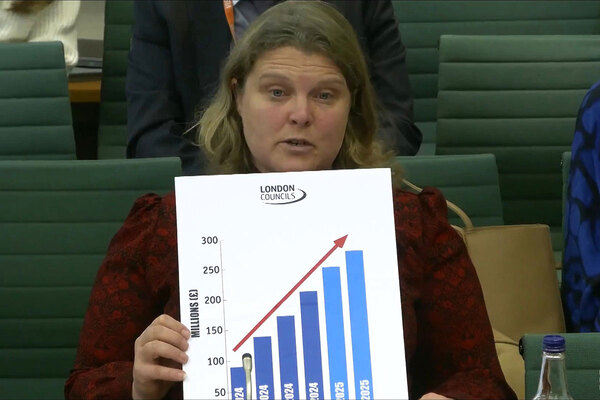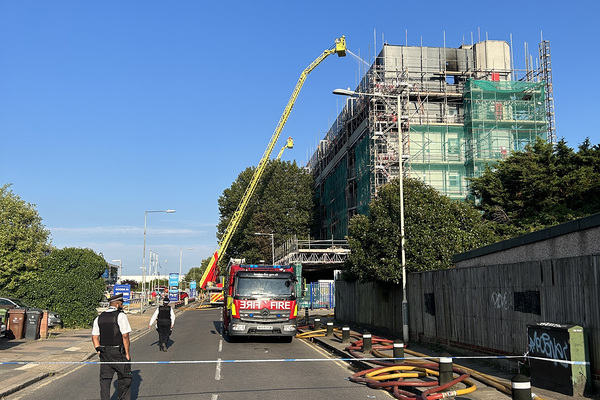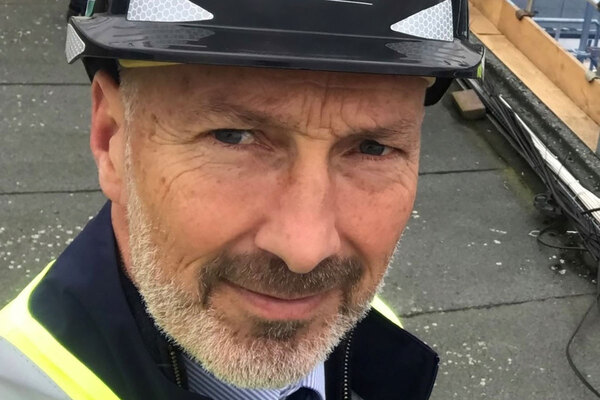Using data intelligence to accelerate retrofits
Robust data and intelligence can inform retrofit decision-making. Steve Osborne, head of business improvement at repairs and maintenance provider Mears, sets out what landlords need to consider
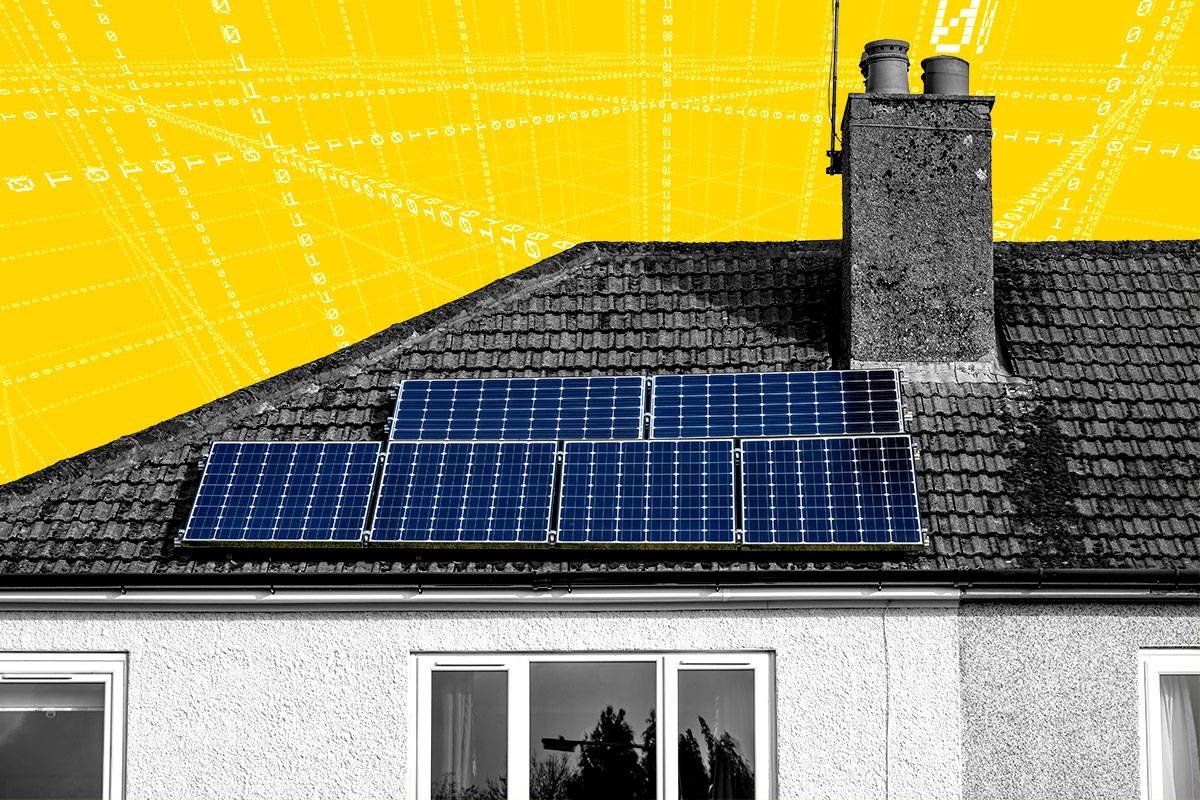
In association with:
![]()
To meet the UK government’s 2050 net zero target, the housing sector must ramp up the speed and scale of retrofit works. Robust data and intelligence are essential to inform decision-making that targets limited resources.
What difference can robust data make to retrofitting? And what are the key considerations in a culture of data-led decision-making? Inside Housing spoke to Steve Osborne, head of business improvement at Mears, to find out.
How can data support decarbonisation?
Housing providers can’t afford to do everything at once. Gathering, analysing and modelling quality data effectively enable them to understand where to deploy their limited resources to make the biggest impact.
When it comes to retrofitting, data on the condition of housing stock is key to specifying the appropriate energy efficiency measures required.
Integrating domestic retrofitting and associated data collection into an asset management and net zero strategy allows an organisation to profile its stock and then model the data. This then informs investment decisions to ensure the best return in terms of asset energy efficiency, stock condition and reducing emissions.
It also reduces residents’ energy bills and enhances the financial performance of assets.
The opportunity is to turn data into usable intelligence for domestic retrofitting, as well as inform effective decisions about maintenance.
This enables providers to demonstrate the business case for retrofits to stakeholders and, crucially, the impact when projects are completed. It’s critical to utilise data and intelligence to set out the investable proposition of retrofit projects by highlighting how they will meet corporate priorities and achieve tangible outcomes for residents.
Ultimately, this is about improving residents’ comfort and quality of life and reducing energy bills, as well as improving the property.
Where and how can data improve decision-making around decarbonisation?
It can inform investment decisions and financial planning in the short, medium and long term.
Alongside asset energy efficiency data and wider stock condition intelligence, the sector has well developed resident demographic data. Coupled with publicly available external data sources (such as the Index of Multiple Deprivation), these build a picture that can inform retrofit projects and maximise success.
The market and environment we work in evolve constantly, which is why organisations need a continuous approach to data and intelligence-gathering. To support effective decision-making, early and in-depth analysis of the data is key. Even if there are gaps, starting data collection and analysis as soon as possible is essential, as that continuous process will best inform organisations’ decisions.
Data also informs survey strategies. Aligning intelligence on an asset from multiple sources increases understanding of its condition and presents opportunities to co-ordinate improvements to make the best use of limited resources. For example, can energy efficiency work on a property be aligned with planned investment work? Are there trends in responsive repairs that could be tackled to reduce maintenance costs?
Making good use of quality data can underpin this integrated approach to decision-making. It also helps tenants make informed choices, as they know what to expect during a project.
How much difference can data make to the speed and scale of retrofit programmes?
If providers have accurate data and modelling to inform their decision-making, they can maximise their chances of accessing public funding, such as the Social Housing Decarbonisation Fund, and make limited resources go further at speed and scale.
The quality of data is key to minimising delays. Continuous incremental improvement to ensure it is accurate will inform robust, deliverable projects and ensure delays can be prevented further down the line. This reduces inconvenience for tenants and supports effective cost management of the project.
How can housing providers begin the journey towards a culture of data-led decision-making?
Break it down into realisable steps. The best place to start is corporate priorities: what are the ultimate goals for the housing provider around decarbonisation and retrofit? The provider can then identify the data needed to inform those priorities, coupled with an open and honest appraisal of what it has available.
Poor-quality data will lead to poor decision-making. Does data need to be cleaned and/or updated? Analysis can help identify any gaps that need to be filled.
Retrofitting is a fantastic opportunity. There is significant expertise within organisations and good progress is being made. This expertise extends to landlords.
What might a typical data collection and analysis process/workflow look like?
The process should incorporate the elements highlighted above as a starting point – especially corporate and stock decarbonisation priorities – as well as a wide, relevant dataset, including existing challenges and priorities, and planned works.
The process will then involve collating the data, identifying gaps and agreeing actions to fill those gaps, and cleaning the data. Stock modelling in tools like IRT DREam then needs to be done to identify potential projects, followed by incremental measures to meet decarbonisation goals and calculating indicative costs to inform decision-making within available resources.
Confirming initial data-modelling with physical surveys, such as retrofit assessments or thermal imaging of properties, is also key. It provides a layer of assurance and enables continuous improvement of data. This can inform the development of investable propositions.
Are there any potential pitfalls? If so, how might they be avoided?
It can all seem challenging, but developing a continuous process-driven approach to cleaning, refining and updating data and identifying gaps is key.
The best solution is to get started as soon as possible, and to understand it as a process without an end point. It’s a cycle, and once a project is completed, it starts all over again.
Within that is the question of embedding these practices in day-to-day activities, such as repairs and maintenance and broader asset management priorities, to minimise variation.
Partnership working is essential, internally and externally, as no single organisation has all the answers. There are different approaches, but the principle, aims and outcome we are looking to achieve are ultimately the same.
Recent content in association with Mears
Using data intelligence to accelerate retrofits
Robust data and intelligence can inform retrofit decision-making. Steve Osborne, head of business improvement at repairs and maintenance provider Mears, sets out what landlords need to consider
Using innovation to meet net zero targets
Innovation and technology could be the key if the social housing sector is to meet its net zero targets. Michael McGowan at repairs and maintenance provider Mears explains why
It’s vital to take residents with you on the decarbonisation journey. How can landlords do this?
The drive to net zero asks a number of questions about the landlord-tenant relationship. An Inside Housing roundtable, in association with Mears, looks for some answers
What progress has the sector made to plan and prioritise decarbonisation projects?
A survey run by Inside Housing in association with Mears asked the housing sector about its strategies, priorities and challenges when it comes to achieving net zero carbon
